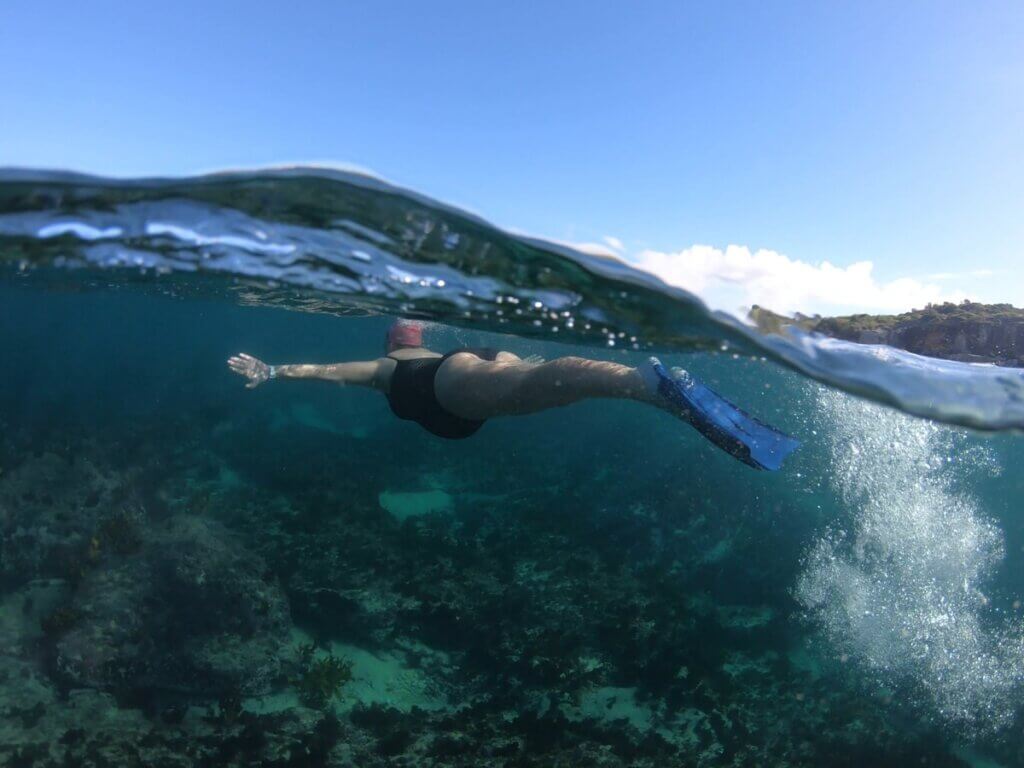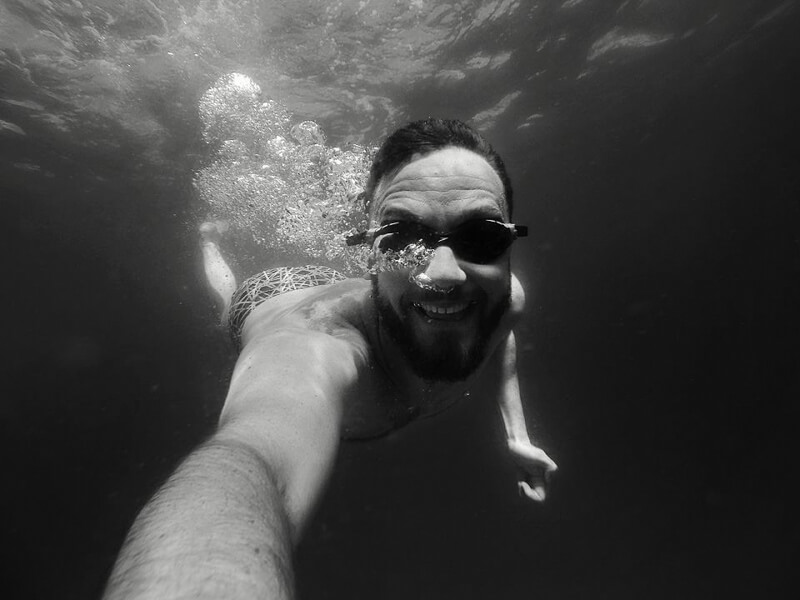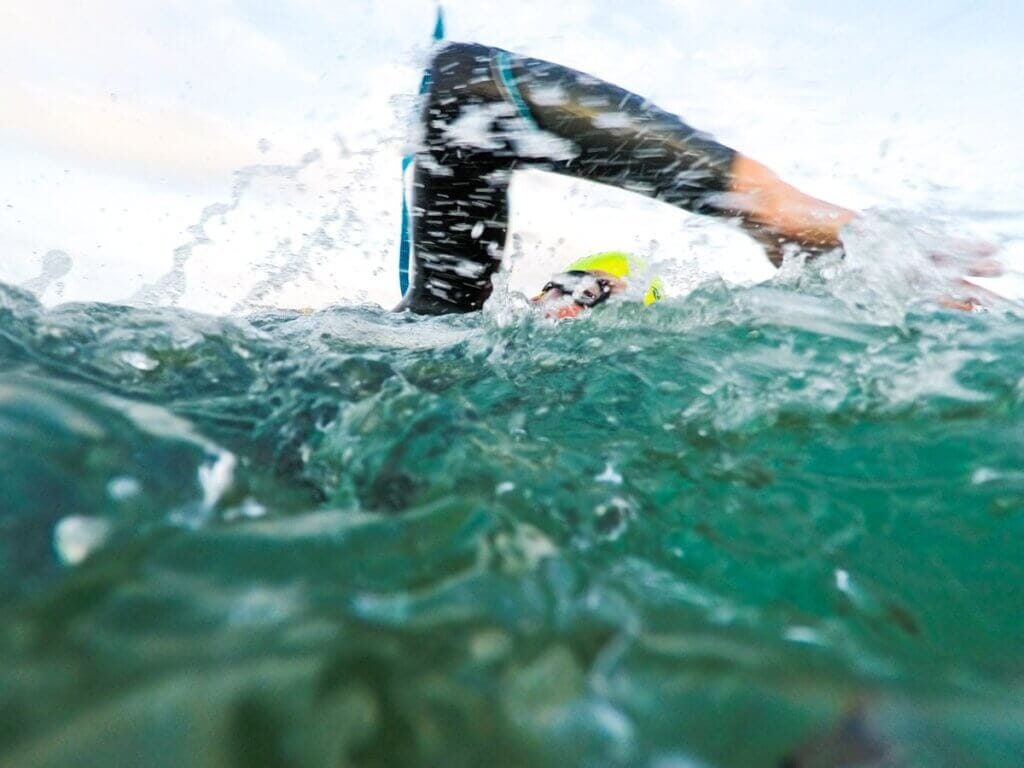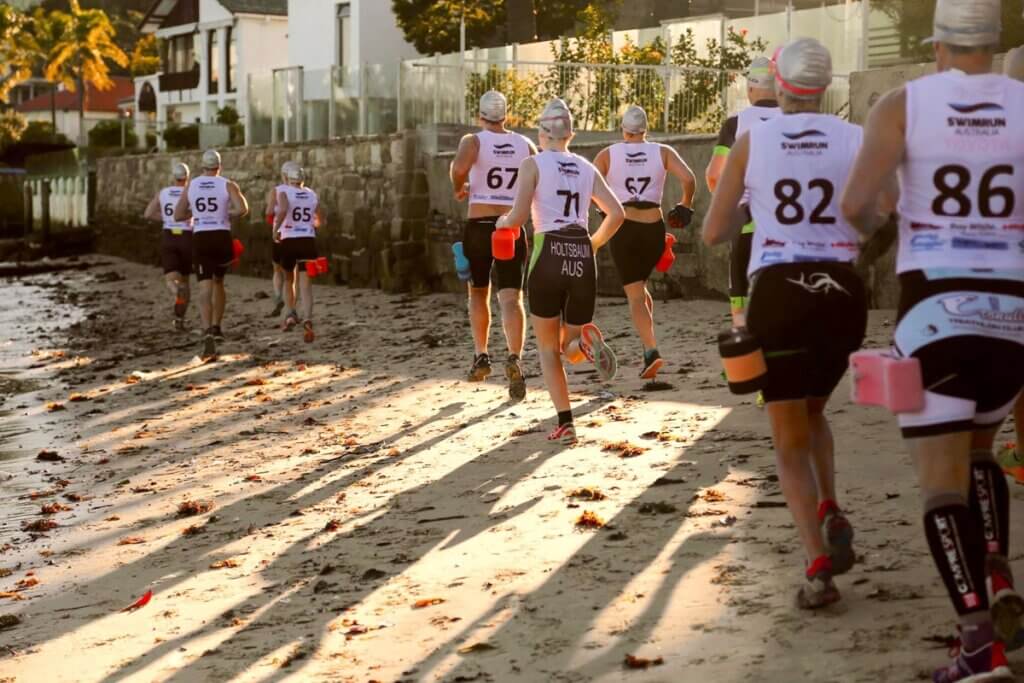Increase your ocean awareness and overcome your fear of the ocean
The ocean can be a scary place and it’s quite common for people to have a fear of it.
For those sufferers, it can mean an unhappy summer on the sand.
So how can you overcome your fear of the ocean?
Ocean anxiety is fairly common with OceanFit participants in our ocean confidence clinics.
People really want to enjoy the beach more but they just can’t seem to shake their fears.
Increase your ocean awareness
Most of their fears are born out of a lack of ocean awareness and swimming skills, often they’ve had a bad experience or have developed fear based on what they’ve been told by others without actually having experienced it themselves.
While the ocean is a fun place to be, it’s also natural and unpredictable place too.
It’s about as far removed from a pool as possible – it’s not always warm, there are no sides to hold onto and you have elements such as salt water, waves, moving water, sand and wind as just some of the things you have to contend with.
When we visit the beach we also become part of a marine environment and eco-system that is very different from what we’re used to, and we have to share it with a variety of different marine plants and creatures we don’t often know much about.
People are usually scared of the ocean because they don’t understand the environment well enough and they don’t have the skills to enjoy it and stay safe.
No substitute for experience
My advice to people who fear the ocean is to get to know it and then spend more time in it.
There’s no substitute for knowledge and experience.
People can be scared of things as simple as seaweed, to things like waves and deep water.
Perhaps the biggest fear is reserved for sharks.
But why are people scared of sharks? On average we have two or three shark incidents each summer, not deaths, just incidents. Yet rip currents were attributed to 12 drowning deaths last year.
Of course, the answer is that sharks are sensationalized and hyped up by the media and Hollywood.
You’re more likely to die in a car accident on the way to the beach then you are from a shark attack.
Rip currents themselves are given a bad wrap.
If you understand rip currents you’ll know that they don’t pull you underwater as the popular myth will have you think. There’s no such thing as an undertow.
They also won’t take you to New Zealand either – although it’d be a cheap way for me to get home!
With rip currents, people grossly overestimate their level of swimming ability in such a natural and unforgiving ocean environment.
Debunking the myths
I had a mother of a child who was taking an OceanFit 4 Kids lesson come up and talk to me before a session once. She said she wasn’t too keen on me taking her son into a rip. I asked her why not, and she said she’d heard they were dangerous and didn’t think it was a good idea. It turns out she had only heard this from someone else. So I managed to get her to let me take her son out and I told her to come and watch that particular part of the lesson.
She very quickly learnt not to fear rip currents when she saw her son having so much fun and getting himself out of the rip current and back to shore.
That’s peace of mind.
OceanFit likes to debunk these types of myths and miss-understandings through our very practical and hands-on lessons. We get in and touch seaweed, we swim in deeper water and we do rip current experiences where an instructor will take you out in a rip and let you experience one. You float with it and then swim back in with the waves.
How to overcome your fear
Unfortunately, there’s no silver bullet – the better you are at swimming, the fitter you are and the more time you spend in the ocean the more confident you’ll become.
I would strongly suggest if you want to get more confident in the ocean to start with becoming a stronger swimmer and to join an OceanFit program to develop your ocean confidence.
Don’t sit on the sand this summer – get in there and have fun!







Responses